Tiles in the Moroccan style: oriental notes in the interior

The oriental style is now in a fashionable trend, and in itself ceramics with a national flavor is attractive and unusual. Moroccan tiles will not only become a high-quality wear-resistant type of decoration in the house, but also create the atmosphere of the majestic interiors of the eastern palaces of the viziers, khans and padishahs.
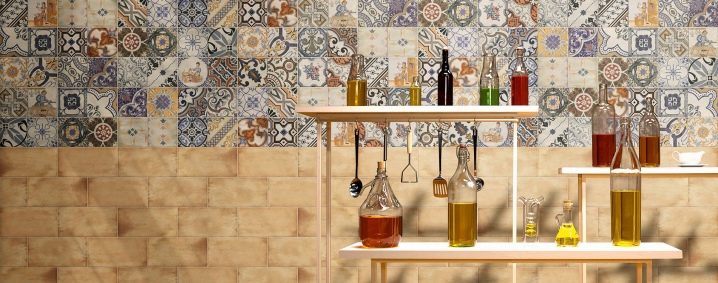
Distinctive features
The Moroccan pattern is the hallmark of Moroccan tiles. According to the laws of religion, representatives of the Islamic faith are deprived of the right to decorate houses with images of people and animals. But wise Arab painters have found an expressive replacement - ornament. In the decoration of the tiles, a complex ligature of geometric and floral ornaments is used: six-pointed stars, abstract flowers obtained by interweaving geometric shapes.
The Moroccan pattern is complex, mathematically measured, it consists of a large number of elements according to a certain algorithm, strictly observing the rules of symmetry and color combination.

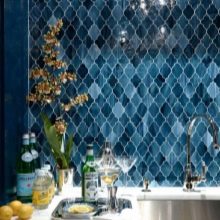
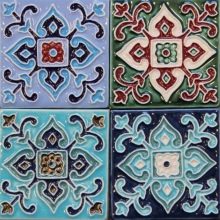
Various floristic motives and patterns of the Muslim world, depicted on the surface of the tiles, successfully compensate for the absence of African fauna, create a feeling of coolness and freshness in the house.
The decor of the finishing elements is dominated by a bright color palette, typical of this oriental direction in the interior. Saturated natural shades look picturesque against a neutral light background: snow-white, pearl, beige, pale blue.
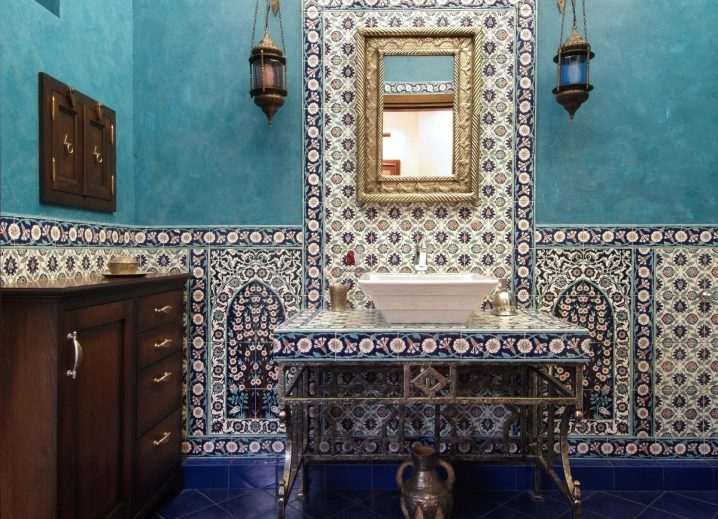
Application in the interior
In oriental homes, tiles are used everywhere and in large quantities. Our mentality demands to observe the measure and put it only where there is a need for it.
Oriental motives of a unique ceramic material can appear in your home in different variations:
- Moroccan-style tiles can be used to clad the accent wall of a room, podium or steps, decorating and complementing the appearance of the room;
- A carpet made of ceramic mosaic with an oriental flavor, decorated with figured outlines and floral patterns, in the hallway on the floor will become an indicator of the high aesthetic taste of the owners of the house;
- The tile is ideal for a room of any functionality, but most often in living space it is used to decorate a kitchen apron. In a duet with the tabletop of the furniture set, decorated with mosaics with a national Moroccan pattern, it will become a key link in the entire design concept.
- Moroccan tiles saturate the interior with bright colors, perfectly combined with monochromatic furniture facades;
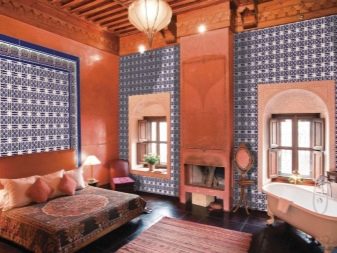
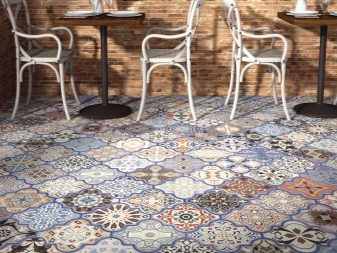

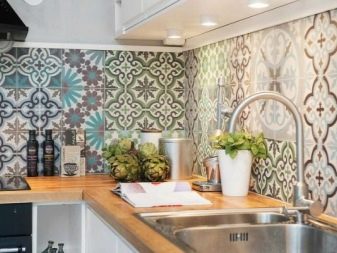
- The sink, decorated with multi-colored mosaic painting, looks no less impressive. It can be both the leading element of the bathroom and an excellent addition to the lining of the font, floor or walls of the room;
- Today it is fashionable to use tiles for decorating a bath or a beauty spa;
- The traditional Moroccan ornament on the fireplace or stove will look very colorful.
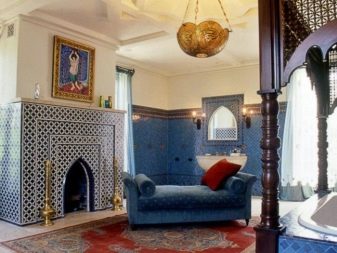

Moroccan tiles do not have to be laid out in a pattern like a mosaic. Ethnic motifs and the famous Arabic script can be combined with each other, creating the most unexpected combinations.
Ceramic tiles can act as separate fragments, or they can form an integral plot canvas. Designers use a unique type of finish for projects in different styles.
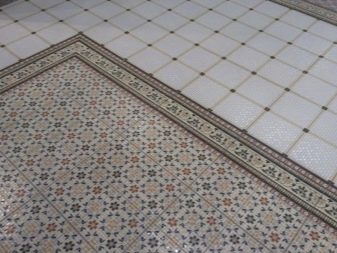
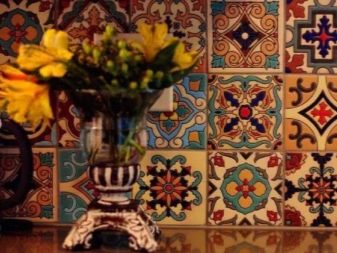
Material advantages
Moroccan tiles have a number of advantages that are so important when decorating a home:
- This type of decoration is a completely ecological material, which allows it to be widely used even in children's rooms;
- The tile has excellent performance, long service life and wear resistance;
- The material produced on an industrial scale is in an affordable price segment;
- Its installation and cleaning does not cause significant trouble;
- The unique oriental color of the tiles is able to revive even the most ordinary-looking room;
- Finishing material for a house or apartment is easy to pick up even without the help of a designer.
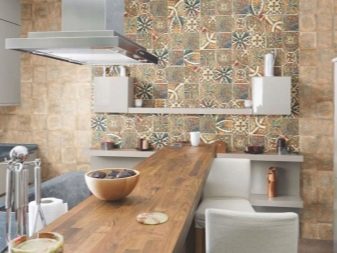
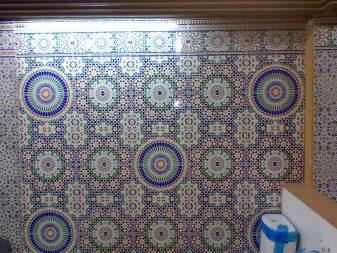
Manufacturers
Today, many large companies are engaged in the production of Moroccan tiles. Among the manufacturers, the most popular are Spanish and Portuguese factories. They regularly create new collections with high artistic requirements that meet all parameters of European quality standards.

For a video review of Moroccan-style tiles, see the next video.













The comment was sent successfully.